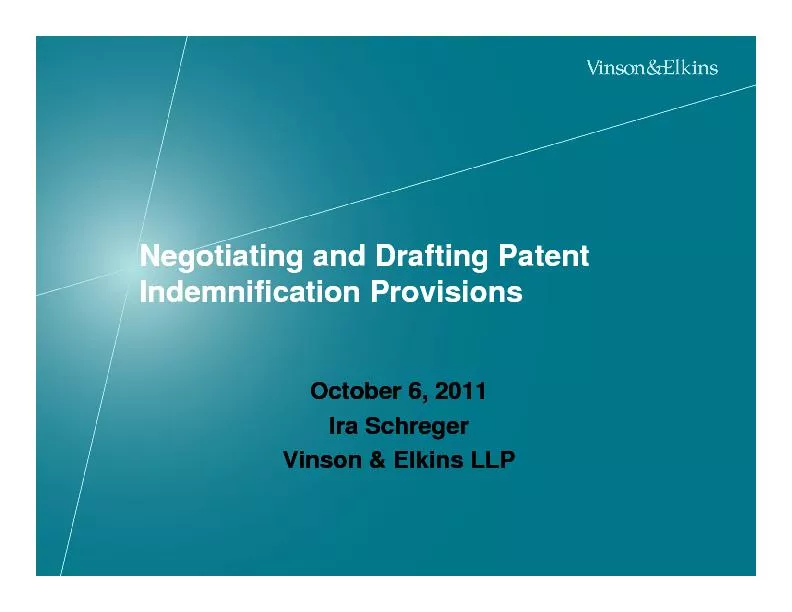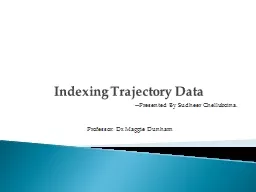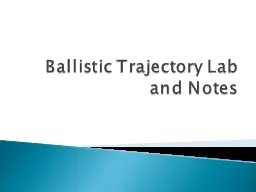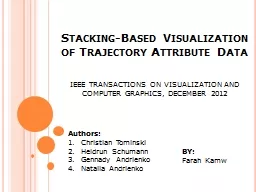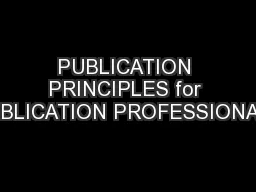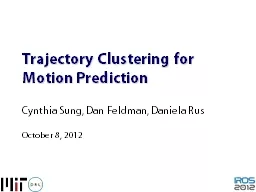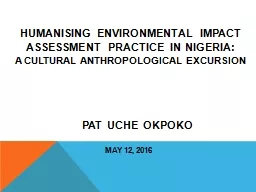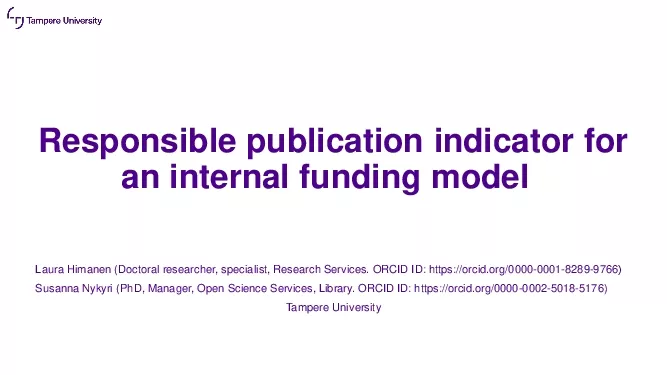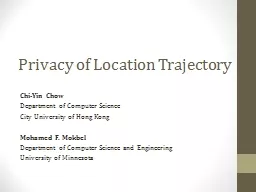PPT-NEGOTIATING THE TRAJECTORY IN RESEARCH, PUBLICATION AND PROMOTION IN THE UNIVERSITY OF
Author : tawny-fly | Published Date : 2019-02-07
NIGERIA Pat Uche Okpoko M aiden Faculty of Arts Lecture Series October 9 2018 Outline Introduction Background Doing Research in the Contemporary World Basic
Presentation Embed Code
Download Presentation
Download Presentation The PPT/PDF document "NEGOTIATING THE TRAJECTORY IN RESEARCH, ..." is the property of its rightful owner. Permission is granted to download and print the materials on this website for personal, non-commercial use only, and to display it on your personal computer provided you do not modify the materials and that you retain all copyright notices contained in the materials. By downloading content from our website, you accept the terms of this agreement.
NEGOTIATING THE TRAJECTORY IN RESEARCH, PUBLICATION AND PROMOTION IN THE UNIVERSITY OF: Transcript
Download Rules Of Document
"NEGOTIATING THE TRAJECTORY IN RESEARCH, PUBLICATION AND PROMOTION IN THE UNIVERSITY OF"The content belongs to its owner. You may download and print it for personal use, without modification, and keep all copyright notices. By downloading, you agree to these terms.
Related Documents



